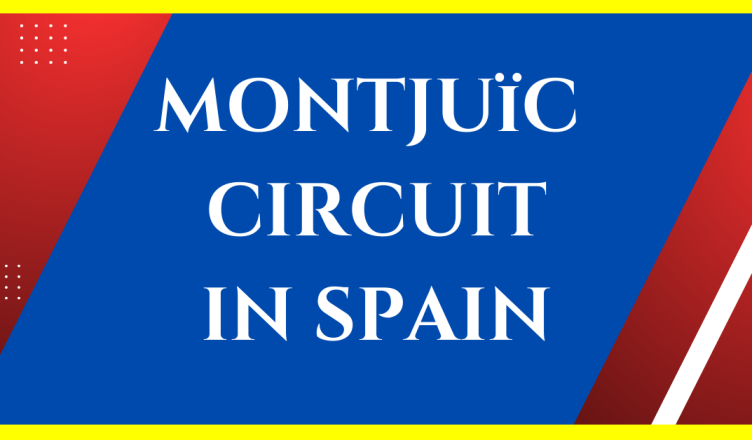Welcome to the exhilarating world of Montjuïc Circuit, a racing circuit nestled atop the iconic Montjuïc hill in Barcelona, Spain.
With its rich history, challenging track layout, and breathtaking views, the Montjuïc Circuit holds a special place in the hearts of motorsport enthusiasts worldwide.
F1 races used to be held here in the past.
However, Spanish Grand Prix currently takes places at the Circuit de Barcelona-Catalunya in Montmelo.
In this in-depth guide, we’ll explore the circuit’s captivating past, its unique features, the renowned Grand Prix of Spain, its lasting legacy, and provide you with essential tips for visiting this historic racing destination.
History of the Montjuïc Circuit
The Montjuïc Circuit traces its origins back to the 1930s when it was first constructed as part of the Barcelona International Exposition.
Over the years, it gained fame as a thrilling motorsport venue.
From Formula 1 races to motorcycle grands prix, the circuit has witnessed epic battles, tragic accidents, and unforgettable moments.
The likes of legendary drivers such as Jackie Stewart and Niki Lauda have left their mark on this hallowed track.
Circuit Layout and Features
Prepare to be amazed by the Montjuïc Circuit’s challenging layout.
Winding through the picturesque Montjuïc Park, the track spans 3.79 kilometers and boasts 13 exhilarating turns.
The circuit’s unique feature is its substantial elevation changes, with steep uphill and downhill sections, pushing drivers to their limits.
From the famous Poble Espanyol hairpin to the sweeping curves of the Miro Corner, each turn presents a test of skill and bravery.
Grand Prix of Spain
The Grand Prix of Spain, one of the most prestigious events in motorsport, has called the Montjuïc Circuit home for several years.
Dating back to 1969, this thrilling Formula 1 race has witnessed intense battles for the championship, unforgettable victories, and heartbreaking incidents.
From iconic moments like Emerson Fittipaldi’s triumph in 1973 to the controversial ending in 1975 when the race was abruptly stopped, the Grand Prix of Spain at Montjuïc has provided fans with a treasure trove of memories.
Legacy and Impact
Beyond its sporting significance, the Montjuïc Circuit holds a special place in the hearts of racing enthusiasts and the local community.
It has played a vital role in promoting motorsport in Spain and fostering a passionate fan base.
While the circuit is no longer in use for professional racing, its legacy lives on through historic exhibitions and events.
The circuit’s impact on tourism and the local economy cannot be understated, drawing visitors who are eager to experience its historical charm.
Visiting Montjuïc Circuit
For those seeking to explore the allure of the Montjuïc Circuit, it offers a captivating experience.
Located in close proximity to Barcelona’s city center, the circuit is easily accessible by public transportation.
Take the opportunity to visit the nearby Montjuïc Castle, immerse yourself in the beauty of Montjuïc Park, and enjoy panoramic views of Barcelona.
Plan your visit wisely, considering the circuit’s availability for tours and events, and indulge in the nostalgia of this iconic racing destination.
Conclusion
As we conclude our journey through the captivating world of the Montjuïc Circuit, we are reminded of its enduring legacy and the countless tales it holds.
From its thrilling races to its breathtaking location, the circuit has etched itself into the fabric of motorsport history.
Whether you’re a racing enthusiast, a history buff, or a traveler seeking unique experiences, the Montjuïc Circuit promises an unforgettable adventure.
So, pack your excitement and curiosity and embark on a journey to discover the thrilling heritage that lies atop Montjuïc hill in Barcelona.
